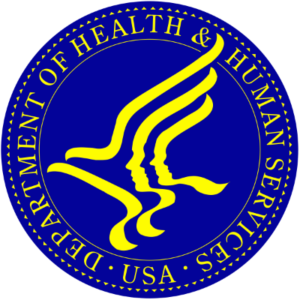 Last week, the Consumer Pain Advocacy Task Force (CPATF)–a coalition of pain patient-related nonprofits, including U.S. Pain Foundation–submitted a letter to Department of Health and Human Services (HHS) Secretary Alex Azar regarding the draft report on pain released by the HHS Pain Management Best Practices Inter-Agency Task Force.
Last week, the Consumer Pain Advocacy Task Force (CPATF)–a coalition of pain patient-related nonprofits, including U.S. Pain Foundation–submitted a letter to Department of Health and Human Services (HHS) Secretary Alex Azar regarding the draft report on pain released by the HHS Pain Management Best Practices Inter-Agency Task Force.
The CPATF also plans to submit a longer letter to the federal docket with more specific feedback by April 1.
In the letter to Azar, CPATF said it supports the majority of the report’s recommendations and commended HHS for its leadership of this important work.
CPATF identified four key takeaways from the report:
- Pain is a disease in and of itself, with serious biopsychosocial consequences and a far-reaching impact on quality of life.
- There is no one-size-fits all or easy fix for chronic pain. Individualized, multidisciplinary, multimodal, coordinated, comprehensive care is vitally important to effective treatment.
- There are numerous barriers to appropriate pain care, including stigma; a lack of patient, public, and provider education; poor models of care and reimbursement; and inadequate insurance coverage.
- At a national level, it is urgent to dedicate more resources and funding to understanding the neurobiology of pain; identifying and developing safer, more effective treatments; creating and implementing models of care and reimbursement that are conducive to effective care; and promoting insurance coverage for a wide range of pain relief therapies.
While CPATF said it by and large agrees with the report’s recommendations on opioid prescribing, importantly, it did suggest the task force go further and recommend a revision of the Centers for Disease Control and Prevention (CDC) guidelines on opioids with greater consideration to their impact on the chronic pain patient population.
“One-size-fits-all restrictions on dosages and duration of prescriptions ignore the reality that each patient is different, with different diseases, conditions, injuries, surgeries, body chemistries, sizes, weights, disease progression and sensitivity and severity of pain,” says the letter.
To read the full letter, click here.
The draft report is open for public comment until April 1. The pain community is urged to submit feedback, as the report has the potential to impact patients across the country. To learn more about the report and how to comment, visit U.S. Pain Foundation’s toolkit.
